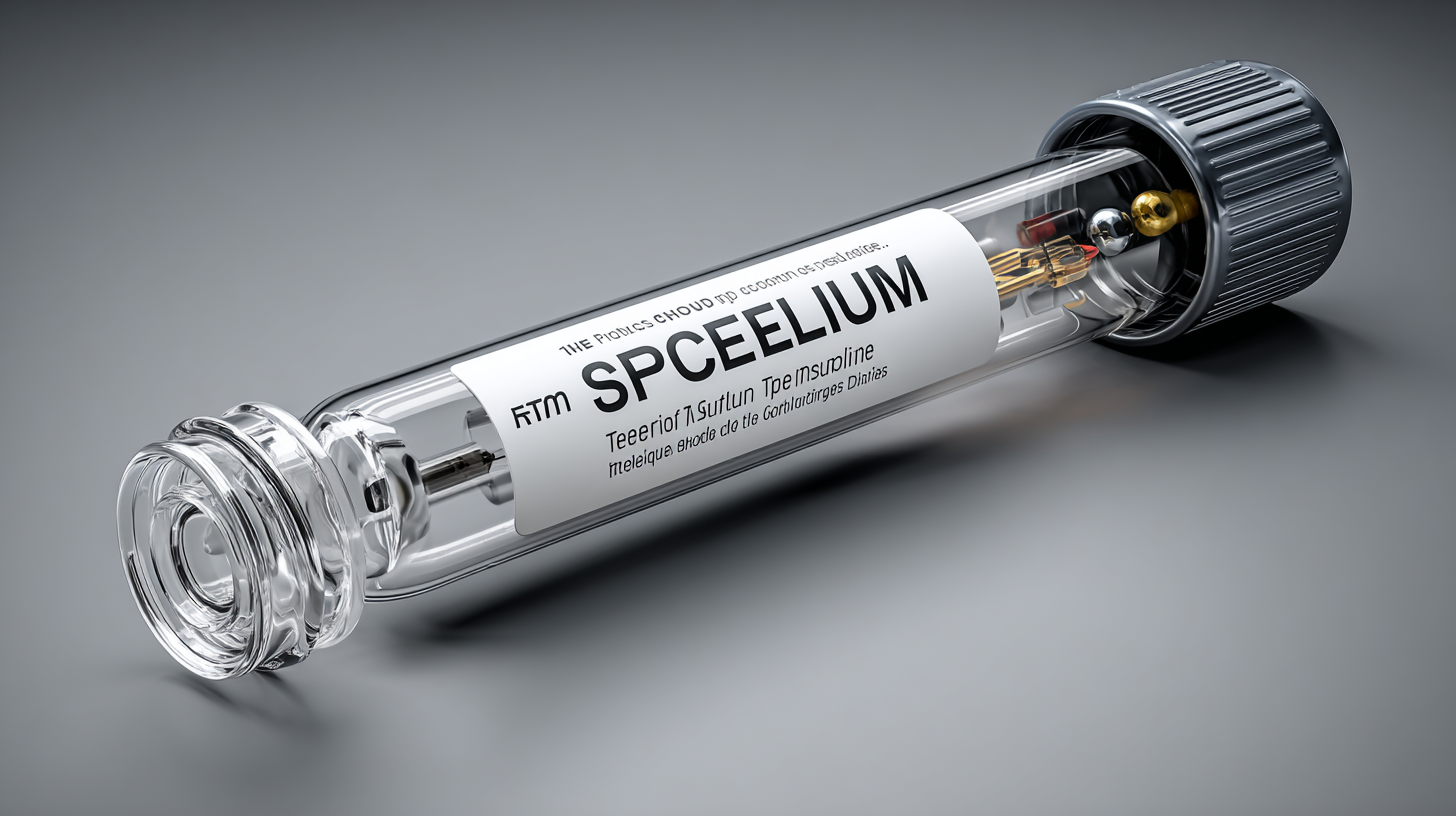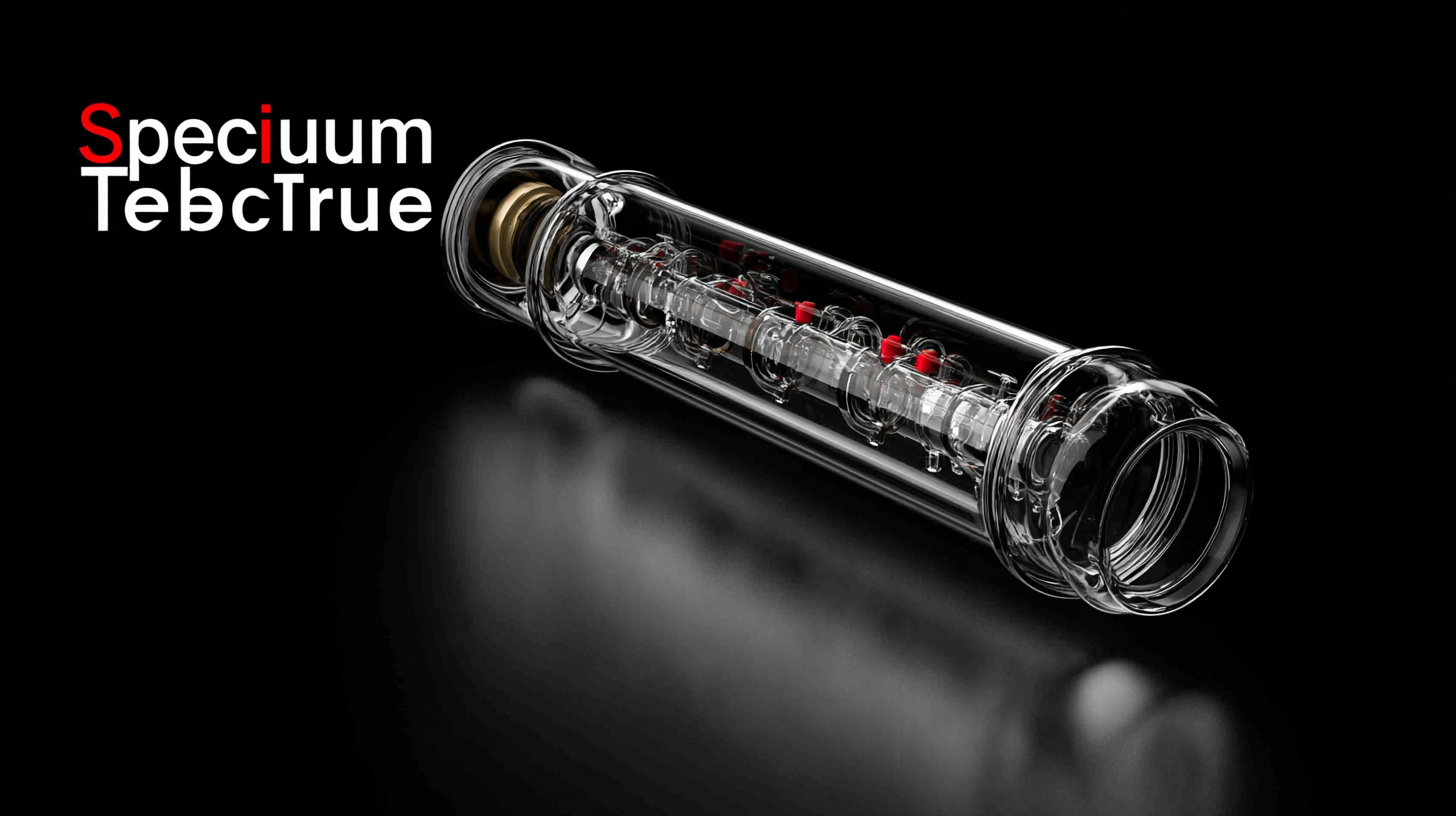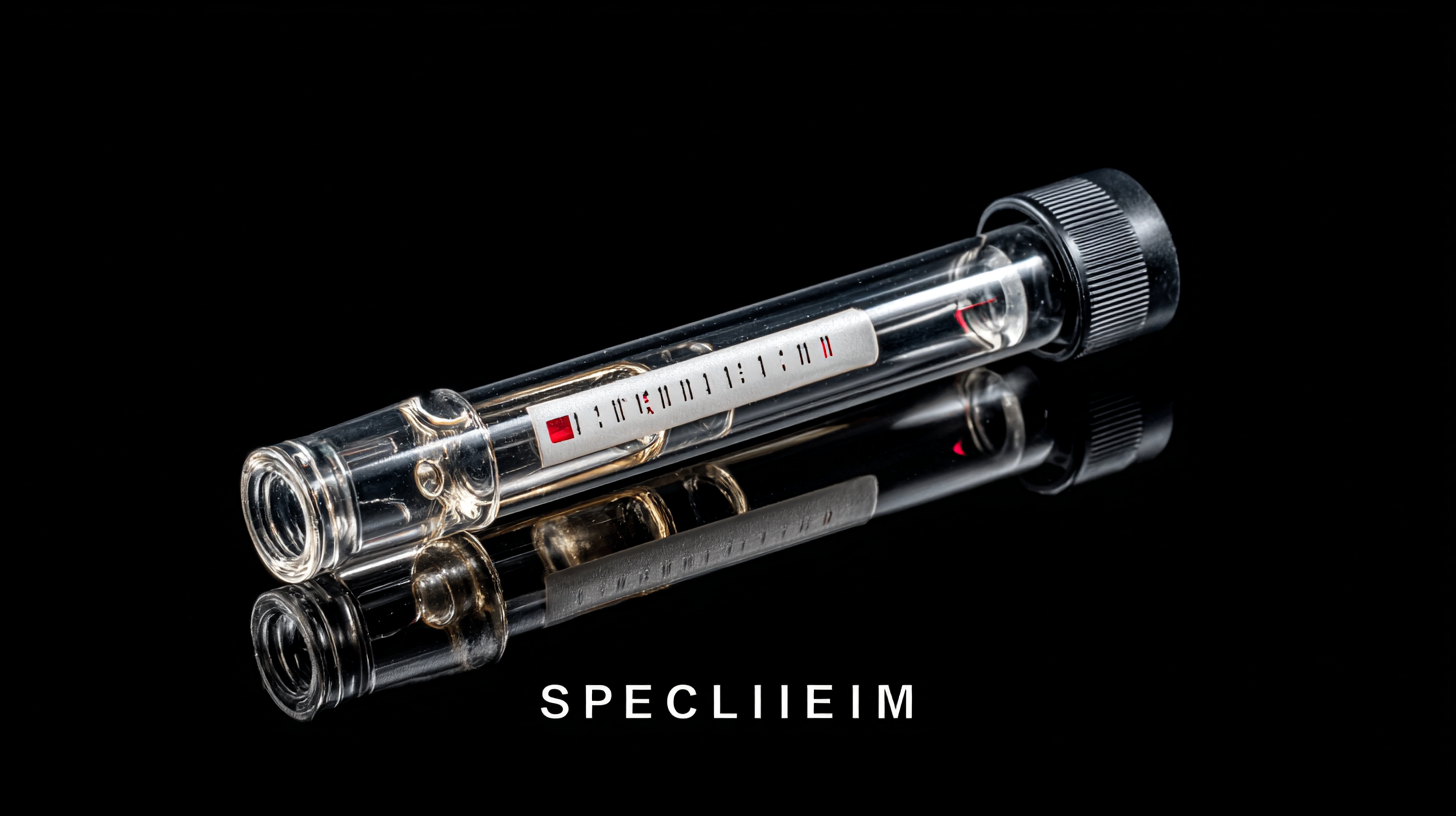 +86 178 5514 5298
+86 178 5514 5298
Leave Your Message
-
 CONTACT NUMBER
CONTACT NUMBER -
 CONTACT NUMBER
CONTACT NUMBER -
 CONTACT NUMBER
CONTACT NUMBER



In an era where advancements in medical technology are crucial for improving diagnostics and patient care, the innovation of specimen tubes has emerged as a pivotal focus for global buyers. The global specimen collection market, which includes specimen tubes, is projected to reach approximately $23 billion by 2025, reflecting a compound annual growth rate (CAGR) of 6.5% as highlighted in a recent market research report by MarketsandMarkets. This growth is driven by increasing demand for efficient and reliable specimen handling in laboratory settings. Innovations in materials and design not only enhance the integrity of samples but also cater to diverse requirements across various medical fields. As we delve into the future of specimen tube innovations, understanding these trends will equip buyers with the knowledge to make informed decisions in a rapidly evolving market landscape.

As the demand for high-quality specimen tubes continues to rise, the role of advanced materials in their innovation becomes increasingly pivotal. Enhanced durability is a key factor that ensures sample integrity during transport and storage. New materials such as polycarbonate and bio-compatible polymers offer not only strength but also resistance to temperature fluctuations and chemicals, making them ideal for various laboratory applications. These advancements enable the design of tubes that can withstand rigorous handling while minimizing the risk of contamination.

Tips for selecting the right specimen tube include understanding the specific requirements of your samples. For sensitive biological specimens, opt for tubes made from materials that provide optimal barrier properties against light and moisture. Additionally, consider tubes with integrated features such as precision-fit caps or labels that aid in preventing leaks and ensuring clear identification.
Moreover, customizing specimen tubes with advanced coatings can further enhance performance. Coatings can reduce the risk of sample adhesion, decreasing the likelihood of loss during processing. Always stay informed about the latest innovations in materials science to ensure you’re choosing the best specimen tube for your needs.
The integration of automation in the production of specimen tubes is fundamentally transforming efficiency in the medical supply industry. According to a recent market report by Grand View Research, the global specimen tube market is expected to reach USD 2.5 billion by 2027, with a compound annual growth rate (CAGR) of approximately 5.7%. This growth is significantly attributed to advancements in automated manufacturing processes, which enhance production speed and quality, while minimizing human error.
Automation technologies such as robotic assembly lines and automated inspection systems are at the forefront of this evolution. A study by Frost & Sullivan indicates that companies employing automation can increase production throughput by up to 30%. This not only accelerates the manufacturing timeline but also ensures that the specimen tubes meet stringent quality standards, crucial for laboratory diagnostics. As global buyers seek reliability and efficiency in their supply chains, automated specimen tube production is poised to become a key differentiator in the market, redefining operational benchmarks and customer expectations.
In recent years, there has been a significant shift towards sustainable and eco-friendly packaging solutions across various industries, including specimen tubes. As global buyers increasingly demand responsible packaging options, manufacturers are innovating to meet this trend. New materials that are biodegradable, recyclable, or made from recycled content are becoming more prevalent in the production of specimen tubes. These developments not only address environmental concerns but also cater to a growing consumer base that prioritizes sustainability in their purchasing decisions.

At events like Cosmoprof North America, the emphasis on eco-friendly packaging is unmistakable. Visitors are keen to explore the latest advancements in sustainable materials and designs that enhance both functionality and aesthetics. Companies are showcasing innovative packaging concepts that reduce waste while maintaining the integrity and safety of specimens. This focus on sustainability marks a pivotal moment in the industry, where the future of specimen tubes is not just about performance but also about responsibility towards the planet. As the market continues to evolve, it is clear that eco-friendly solutions will play a crucial role in shaping the packaging landscape for years to come.
The manufacturing of specimen tubes is witnessing a transformative shift through
data-driven approaches that enhance
quality control. According to a 2022 report
by the Global Institute for Laboratory Standards, implementing advanced data analytics can
reduce defects by up to 30%, leading
to significant savings in production costs. This transition involves
leveraging real-time data collected throughout the manufacturing process to identify
inconsistencies and areas for improvement. Such strategies not only ensure compliance
with stringent regulatory standards but also enhance overall product reliability in a
market that increasingly demands better safety and performance.
Tip: Invest in robust data collection methods that integrate seamlessly with your existing
manufacturing systems. This will enable you to monitor quality at every stage of production
and respond swiftly to potential issues.
Moreover, predictive analytics can foresee potential quality concerns before they escalate.
According to a 2023 survey by the International
Laboratory Automation Society, 65%
of manufacturers reported that predictive maintenance tools improved operational efficiency.
By employing these cutting-edge technologies, companies can minimize downtime and maintain
high-quality output consistently.
Tip: Regularly train your team on data analysis tools and techniques to create a culture
of quality consciousness and adaptation. This proactive approach helps to streamline
processes and elevate the standards of tube manufacturing.
In the evolving landscape of specimen tube innovations, compliance plays a crucial role in ensuring that products are safe, effective, and meet regulatory standards across global markets. According to a report by Grand View Research, the global specimen collection market is expected to reach $23.5 billion by 2027, driven by the increasing demand for advanced diagnostic solutions. Manufacturers must navigate complex regulatory frameworks, such as the FDA guidelines in the U.S. and the ISO standards internationally, to remain competitive and ensure market entry.
Moreover, adherence to compliance not only fosters trust among healthcare professionals and patients but also mitigates risks associated with product recalls and legal liabilities. A recent study published in the Journal of Clinical Microbiology highlighted that improper specimen collection equipment contributed to up to 30% of diagnostic errors. Thus, investing in innovation while prioritizing compliance can significantly enhance product quality, ultimately improving patient outcomes and driving market growth. As global buyers increasingly prioritize safety and efficacy, the emphasis on compliance in specimen tube innovations cannot be overstated.
This chart illustrates the projected growth in different innovation categories for specimen tubes over the next five years, emphasizing the importance of compliance in global markets.
